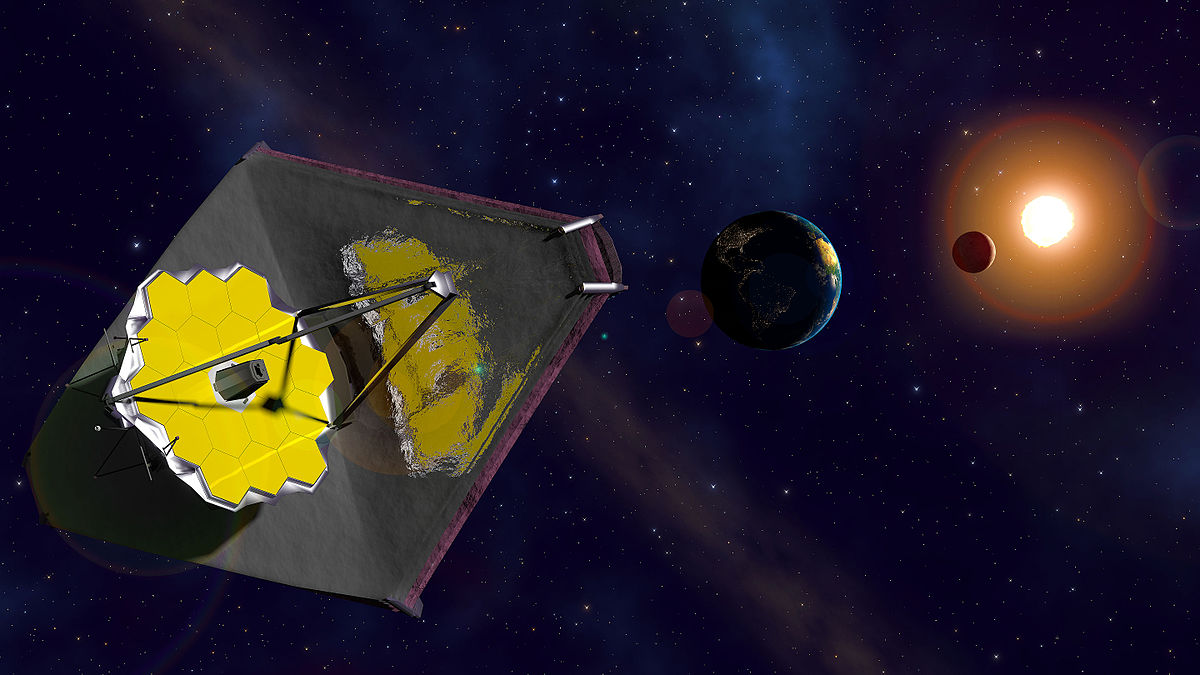The James Webb Space Telescope (JWST) has captured the imagination of scientists, astronomers, and space enthusiasts worldwide. As the largest and most powerful space telescope ever built, JWST has the potential to revolutionize our understanding of the universe. This article takes a closer look at the telescope’s development, capabilities, and the fascinating science it will enable us to explore.
A Visionary Project
The idea of the JWST dates back to 1996 when a team of experts gathered to discuss the future of space-based observatories. NASA, in collaboration with the European Space Agency (ESA) and the Canadian Space Agency (CSA), began developing the project, which would ultimately become the successor to the iconic Hubble Space Telescope.
Construction of the telescope required the expertise of numerous engineers, technicians, and scientists from around the world. The complex and delicate process spanned over two decades, culminating in the telescope’s successful launch on December 25, 2021, aboard an Ariane 5 rocket from the Guiana Space Centre in French Guiana.
A Technological Marvel
The JWST is a feat of engineering and science. It boasts a 6.5-meter (21.3-foot) primary mirror, which is more than two and a half times larger than Hubble’s. This increased size enables the telescope to collect significantly more light and observe fainter objects, providing us with unprecedented views of the universe.
The telescope’s design consists of four main components: the Optical Telescope Element (OTE), the Integrated Science Instrument Module (ISIM), the Spacecraft Bus, and the Sunshield. The OTE and ISIM are crucial for capturing and analyzing light from celestial bodies, while the Spacecraft Bus provides power, communications, and attitude control. The Sunshield, a five-layered membrane, protects the telescope from the Sun’s heat and light, ensuring its sensitive instruments remain at optimal operating temperatures.
The JWST carries four state-of-the-art instruments: the Near Infrared Camera (NIRCam), the Near Infrared Spectrograph (NIRSpec), the Mid-Infrared Instrument (MIRI), and the Fine Guidance Sensor/Near InfraRed Imager and Slitless Spectrograph (FGS/NIRISS). These instruments allow the telescope to observe a wide range of wavelengths, from visible light to mid-infrared, which is essential for studying various celestial phenomena.
Unlocking the Secrets of the Universe
The James Webb Space Telescope’s primary mission is to observe the most distant and ancient galaxies in the universe. By peering back in time, astronomers hope to learn more about the formation of galaxies, stars, and planets, as well as the conditions that existed during the universe’s infancy. This will help us better understand the processes that led to the formation of our own galaxy, the Milky Way, and our solar system.
Another key objective of the JWST is to study the physical and chemical properties of exoplanets – planets that orbit stars outside our solar system. By analyzing the atmospheres of these distant worlds, scientists hope to identify the presence of water and other key molecules that could potentially support life. This research may provide crucial insights into the habitability of other planetary systems and the possibility of life beyond Earth.
In addition to exploring the early universe and exoplanets, the telescope will investigate the mysterious dark matter and dark energy that make up most of the cosmos. By observing the effects of these enigmatic substances on galaxy clusters and large-scale cosmic structures, scientists aim to uncover the nature of these elusive phenomena and their role in shaping the evolution of the universe.
A Bright Future for Astronomy
The James Webb Space Telescope represents a new chapter in the field of astronomy. Its sophisticated design and powerful

